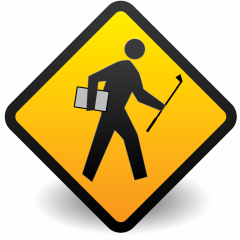IGNORED
Why a Shaft That Points At the Top or Outside the Ball on the Downswing is "On Plane"
Note: This thread is 4092 days old. We appreciate that you found this thread instead of starting a new one, but if you plan to post here please make sure it's still relevant. If not, please start a new topic. Thank you!
-
Topics Being Discussed Right Now on The Sand Trap
-
- 68 replies
- 26,850 views
-
- 11,054 replies
- 989,231 views
-
- 10 replies
- 5,698 views
-
- 24 replies
- 5,431 views
-
"5 Minutes Daily" Practice Challenge 1 2 3 4 1016
By iacas, in Instruction and Playing Tips
- 5 minutes daily
- dedication
- (and 6 more)
- 18,275 replies
- 1,860,058 views
-





Recommended Posts
Create an account or sign in to comment
You need to be a member in order to leave a comment
Create an account
Sign up for a new account in our community. It's easy!
Register a new accountSign in
Already have an account? Sign in here.
Sign In Now